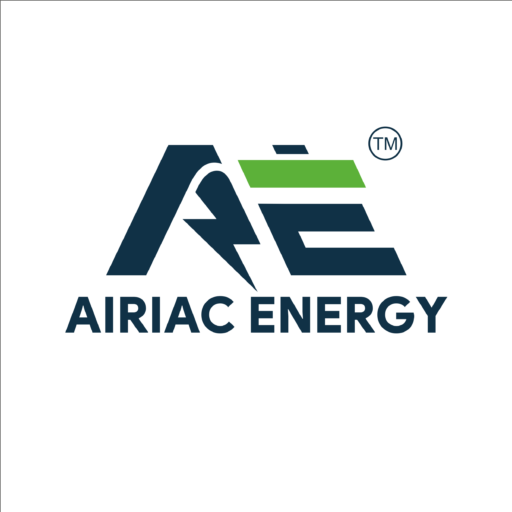CAPEX model
The CAPEX model needs its own Capital Expenditure for the solar power plant setup,
i.e. The customer holds possession of the asset. In this type of financing model, the
customer pays for all the equipment, design, installation, and commissioning costs.
An additional annual maintenance contract is given for the plant operations &
maintenance by the consumer.
The main use of this technology is in residential, commercial and residential buildings where the demand for hot water has a large impact on energy bills. Using hot water for bathing and washing purpose is both hygienic and helps in eliminating germs and bacteria.
Advantages
Low maintenance
Satisfactory performance (-18 deg. C) even in extreme cold condition
Temperature range (heat water) from 60degrees to 120 degrees
System life Over 15-20 years

OPEX model
Under the OPEX model, a Renewable Energy Service Company (RESCO) invests,
manufactures, and takes care of an onsite solar plant. The customer pays for the
power generated under a long-term power purchase agreement (PPA) for a fixed
tenure at an agreed tariff.
The ETC systems have superior incidence angle modifier, so it collects solar energy more evenly throughout the day resulting in a lower buffer or thermal storage requirement.The main use of this technology is in residential, commercial and residential buildings where the demand for hot water has a large impact on energy bills. Using hot water for bathing and washing purpose is both hygienic and helps in eliminating germs and bacteria. It also helps is soothing the muscles thereby improving the blood flow.
Product Highlights
Quickly heat water
The efficiency of the collector on higher temperature is high
Negligible heat loss in the tubes during the daytime
Easy to replace glass tube
Advanced technology at competitive price

On Grid
On-grid solar systems are connected to the utility grid, allowing users to generate electricity from solar panels while remaining connected to the traditional power grid. This setup enables excess energy generated by the solar panels to be fed back into the grid, often earning credits or compensation from the utility company. On-grid solar systems are popular for their reliability and the ability to offset electricity costs, especially in areas with favorable net metering policies. They are an excellent option for residential, commercial, and industrial applications seeking to harness renewable energy while maintaining access to a reliable power supply.

On Grid
On-grid solar systems are connected to the utility grid, allowing users to generate electricity from solar panels while remaining connected to the traditional power grid. This setup enables excess energy generated by the solar panels to be fed back into the grid, often earning credits or compensation from the utility company. On-grid solar systems are popular for their reliability and the ability to offset electricity costs, especially in areas with favorable net metering policies. They are an excellent option for residential, commercial, and industrial applications seeking to harness renewable energy while maintaining access to a reliable power supply.


Off Grid
Off-grid solar systems operate independently of the traditional utility grid, making them ideal for remote areas or locations where access to electricity is limited or costly. These systems generate electricity from solar panels, store excess energy in batteries, and use inverters to convert stored DC power into usable AC power. Off-grid solar systems are commonly used in cabins, RVs, boats, and remote homes where connecting to the grid is impractical or too expensive. They offer energy independence and can provide reliable power even in off-grid locations, making them a sustainable and cost-effective solution for those seeking self-sufficiency.
